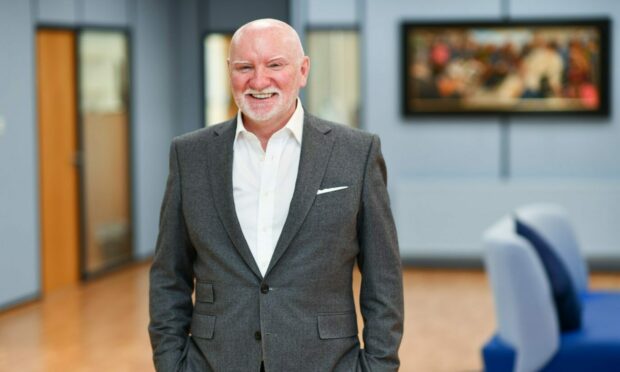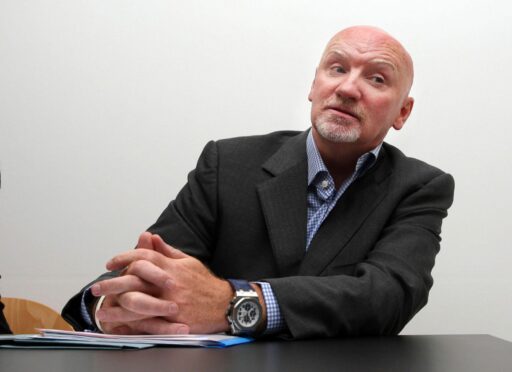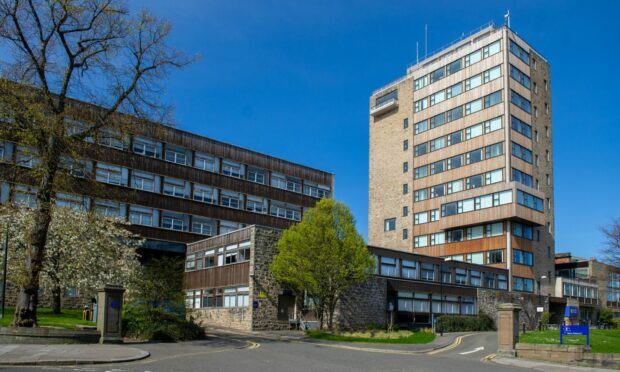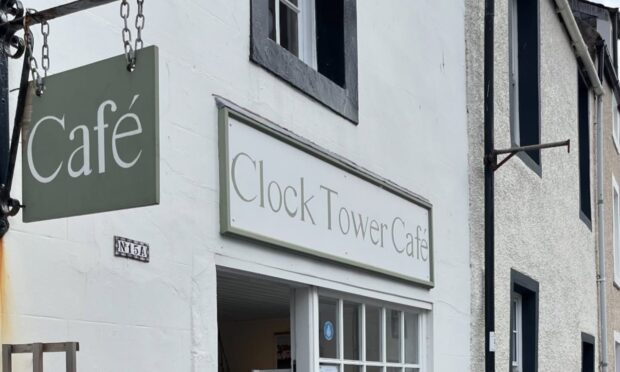One of Scotland’s top entrepreneurs, Sir Tom Hunter, is urging politicians on both sides of the border to expand new investment zones in the north-east and Glasgow to cover the whole country.
The two zones offering special tax breaks were announced at the end of June and are expected to kick-start significant investment.
But other parts of Scotland, including Dundee, felt snubbed.
Sir Tom believes they should get to share in the advantages of the special tax status too.
He told The Courier there should be similar incentives for every part of Scotland.
Scotland should target tax breaks at ‘industries that ‘will lead the world’
And in a new report published today the serial entrepreneur and philanthropist has highlighted Ireland as an example of how low corporation tax rates can attract foreign direct investment in a variety of business sectors.
Sir Tom, who made a fortune in sportswear retailing, said Ireland had been “spectacularly sucessful” in getting companies like Apple and Meta to locate there.
Scotland should be targeting similar incentives in industries that “will lead the world” in the next 10 to 20 years, he added.
Different parts of Scotland each have difeferent strengths, he said. While Aberdeen can play a key role in helping Scotland become a world leader in energy transition, Dundee’s reputation as a leading centre for life sciences make it perfect for targeted investment on Tayside, he added.
Tax incentives “shouldn’t happen in just one or two parts of Scotland,” Sir Tom said.
‘Lessons’ from across the Irish Sea
Introducing the new report, Lessons from Ireland for Scotland’s Economy, by Oxford Economics, Sir Tom said: “Ireland drives foreign direct investment with multiple incentives, not least a 12.5% corporation tax rate moving to 15% in 2025. In 2021 this drove 249 such investments, compared to Scotland’s 122.
“From 2012 – 2022 Ireland’s GDP (gross domestic product) grew on average 8.9% per annum, compared to Scotland’s rather anaemic 0.9%. They are home to nine out of the top 10 pharmaceutical companies in the world and 14 of the 15 top medtech companies.
“And recently the Irish government forecast a staggering 65 billion euros (about £55bn) surplus over the next three years.”
Ireland is also outperforming Scotland in key benchamrks in education, he said.
Calling for a “grown-up debate and action over how we make Scotland an economic powerhouse”, Sir Tom added: “If Scotland were a business, it would be a small business and that’s to our advantage; we can focus, be agile and compete.”
Scotland as one of the higest tax regimes in Europe and the “added burden of Brexit” to contend with, he said.
It should instead have a low “and at one point no” tax system that targets “sticky jobs in growth sectors in a highly focused manner”, he said, adding: “By sticky I mean high value, permanent jobs that do not – as in Silicon Glen – drop off as lower cost nations compete.
Sir Tom’s message to the governments in Edinburgh and London
“So here’s my suggestion to Holyrood and Westminster – make all of Scotland a 15% corporate tax zone for three key global growth sectors: renewables and low carbon manufacture and services; life sciences and medical technologies and software; and big data and AI.
“The Irish experience tells us we will net more tax, more jobs and more value from this highly focused approach.
“The announcement on two new investment zones for Scotland is welcome but, let’s face it, we are talking £16m per annum for five years – not to be sniffed at but hardly jaw dropping either. Moreover, all of Scotland should be a competitive location not just the Glasgow city region and north-east.”
UK Government’s position on corporation tax
Westminster has no plans to devolve corporation tax powers.
A UK government spokeswoman said: “We’re making the UK the best place in the world to do business by offering the lowest corporation tax in the G7 (group of leading economies), a smart regulatory system and a simplified tax system to save firms time and money.”
Aberdeen chamber anticipates £80 million boost from one of the new investment zones
Aberdeen and Grampian Chamber of Commerce expects the north-east zone to unlock £80m of support over five years, based on the experience of eight regions of England.
In Dundee, SNP city council leader John Alexander and Labour MSP Michael Marra are among those who have criticised the joint Westminster and Holyrood decision on Scottish investment zones – which are part of the UK Government’s “levelling up” plan.













Conversation